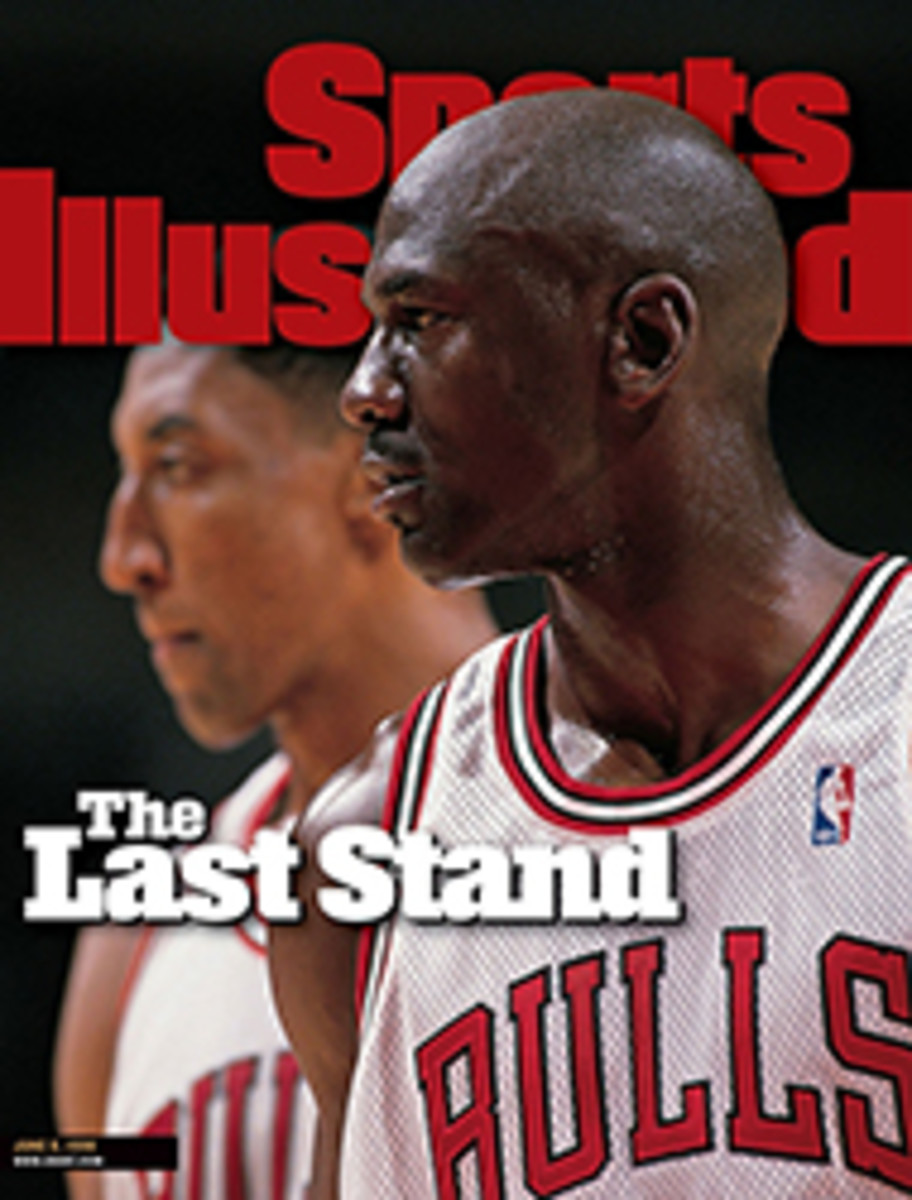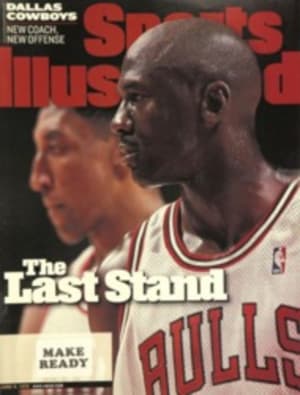
Hall Of Famers On The Hoof Shuttling its best players from city to city is nothing new for baseball
"You don't trade a Hall of Famer!" went the anguished cry in Los
Angeles the day Mike Piazza was traded--well, the first day Mike
Piazza was traded. In fact, "You always trade a Hall of Famer!"
is a more supportable statement.
The number of teams for which Piazza has now played, three,
constitutes the career average for the Hall of Famers he hopes
to join one day. Those admitted to Cooperstown tend to be more
peripatetic than perennial: Of the 178 honored purely as major
league players, only 39 spent their careers with one club, 101
played with three or more, and 62 with four or more. Sixty-eight
Hall of Famers changed teams in midseason at least once.
Three teams in one year isn't even a Hall of Fame record. Steve
Carlton, Burleigh Grimes, King Kelly, Phil Niekro and Lloyd
Waner were all moved twice in a season. The game's first
larger-than-life superstar, Kelly not only anticipated Piazza's
trifecta by 107 years, but also made two of his 1891 stops in
the same city, jumping after just four games with Boston's
American Association team, the Reds, to its National League
franchise, the Beaneaters, after having started the season with
Cincinnati. Five years before that, the slugging
catcher-outfielder had hit .388 to win the 1886 National League
batting championship only to be sold by the Chicago White
Stockings to the Beaneaters in the off-season, at age 28, for
the unheard-of price of $10,000.
Most Hall of Famers who move change teams either very early in
their careers or very late. But Babe Ruth was sold after his
sixth season, Grover Cleveland Alexander was traded after his
seventh and Tris Speaker after his ninth, each at a time when
his immortality was better established than Piazza's is now.
Each was moved for financial reasons--Ruth and Alexander because
of the impecuniousness of their teams; Speaker, like Piazza,
because of his salary demands. Most of the instability of 19th
century rosters had to do with factors that seem remarkably
relevant today: free agency, labor strife and under-funded
franchises. Thirty-eight major leaguers who began their careers
before 1900 are in Cooperstown, and not one of them spent his
career with just one team.
Even if Piazza winds up with yet a fourth team later this season
and a fifth one next year, he can only tie Carlton for the
whirlwind tour record (Phillies to Giants to White Sox to
Indians to Twins in just under 14 months late in his career).
George Kell was traded in midseason four times. Dan Brouthers
played for 11 teams, and closer to our own era Gaylord Perry
played for eight clubs, Hoyt Wilhelm for nine.
Things could have been even more chaotic for Piazza. On Feb. 7,
1899, when the Brooklyn Superbas and the National League
Baltimore Orioles were both run by Harry Von der Horst,
Baltimore shortstop Hughie Jennings was transferred to Brooklyn
along with fellow future Hall members Wee Willie Keeler and Joe
Kelley. But Jennings's chronic arm problems rendered him nearly
useless in Brooklyn, and on Aug. 3 he was traded back to
Baltimore for a younger shortstop, Gene DeMontreville, and
pitcher Jerry Nops. Jennings played two games for Baltimore,
whereupon the owners called the deal off and shipped him back to
Brooklyn.
That couldn't happen even to Piazza. I don't think.
B/W PHOTO: KEYSTONE PRESS TRAVELIN' MAN Keeler hit 'em where they ain't--and went where he was told. [Wee Willie Keeler]

